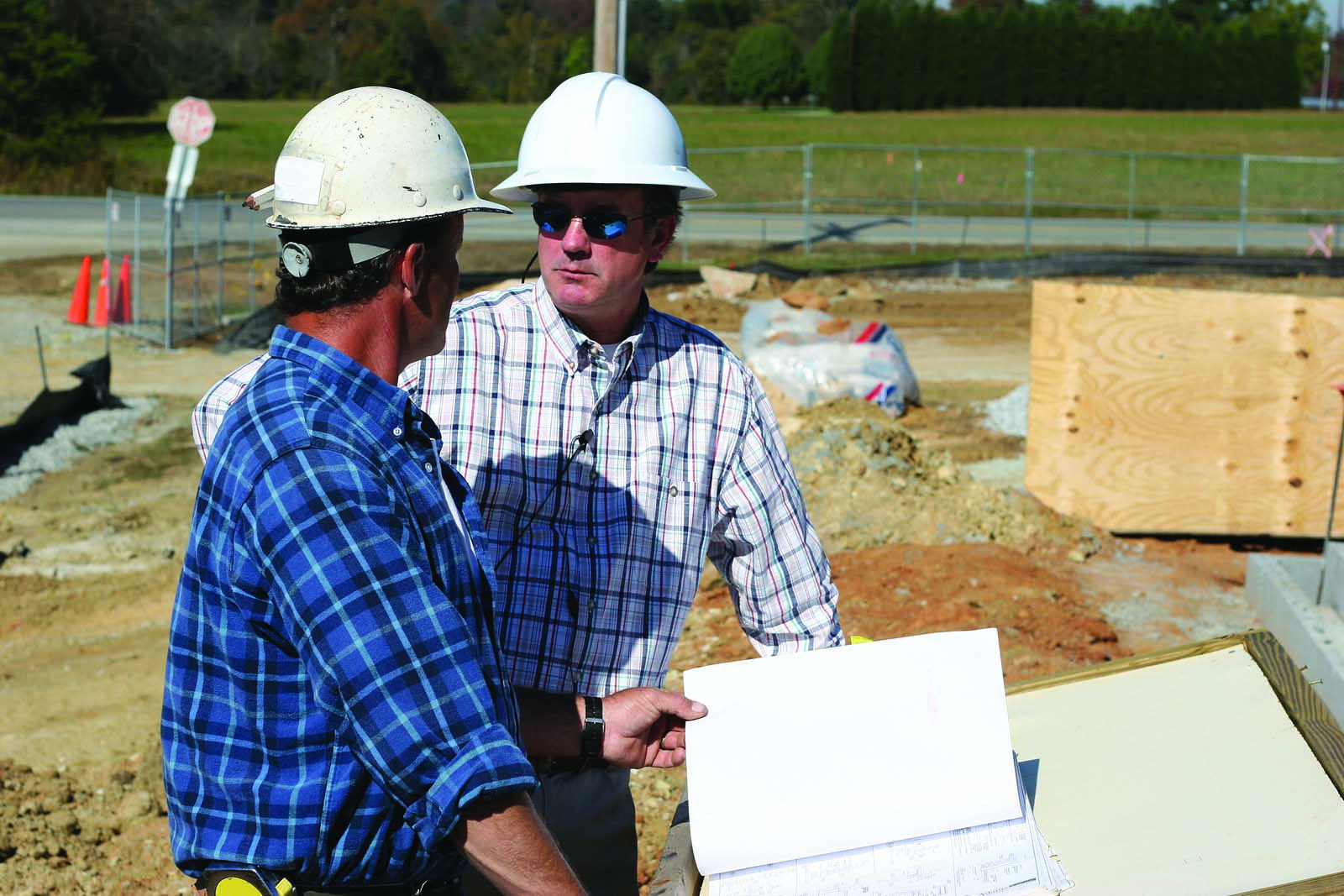This article was originally published in the Spring 2017 issue of Truck Logger BC Magazine.
In this four-part series - Cracking the Rate Model - I have discussed the rate model, how it can be broken down into individual parts and how this knowledge can be applied to the way you negotiate your rates. Over the past few issues, I’ve outlined the key parts of the rate model, including depreciation and amortization, overhead, labour costs, and profit and where a focused effort can bring results. Contractors that understand the intricacies of a rate model can reap the benefits with a model they understand and trust. In this fourth and final article of this series, I will discuss putting it all together.
Putting it Together
It doesn’t matter if you have done it on a napkin or a complex excel spreadsheet. Once you have captured all of the costs to be included in your rate model, you need to step back and consider what it all means. A rate much higher than your current negotiated rate means your likely losing money every day you head to work and need to renegotiate immediately or consider if you can go get a better rate elsewhere.
A rate lower than your current rate means either you have missed costs associated with the equipment or your profit is higher than expected. If this is the case, you need to consider the effect this may have on your customer and the tax implications at year end.
Tax Considerations
Income Tax is a piece of information we usually leave out of the model but because tax is an unavoidable part of your profit that must be paid at year end, you still need to plan ahead. If your business is incorporated and eligible for the small business deduction, you would pay 13% corporate tax on any profits, so you need to ensure this is reflected in your cash flow.
Benefits
There are many benefits to having an accurate rate model for your equipment as a contractor. The better understanding you have of your costs, the more knowledge and more ammunition you take to the table for rate negotiations. Knowing your rates allows you to give and take at the table. There is no more second guessing if you have taken on a poor contract or not.
By knowing your costs, you can choose when to stay home vs working yourself into a loss position. Working 1000 hours in a loss position will not get you any further ahead than declining the contract, in fact it will move you further behind. By knowing your rates, you can continue to log sustainably and reinvest in new gear and innovations.
By preparing the rate model and analysing the numbers you can work smart and efficiently.
Who Can Help You
When building a rate model there are a vast range of experts out there you can draw on for expert advice:
Equipment Manufacturer / Dealers
These guys know the equipment better than anyone else, you should be able to get realistic figures for maintenance schedules, fuel consumption, major overhaul costs and resale values for your equipment from them.
Accountant / Business Advisor
Your accountant should be able to help you put all of your data together into a rate model that accurately reflects your equipment and your use of the data. As your business advisor, they should be asking you the right questions about the inputs for the model. Along with this they should be able to advise you on other important factors to consider when preparing the rate model and any tax or business implications it may have on your business.
Fellow Contractors
Sometimes the hardest thing to do is ask a buddy for advice. Even though most contractors will keep tight lipped about their rates most are willing to share their experiences revolving around running equipment, breakdowns, and the extra unforeseen costs involved in the industry. This hands-on experience can sometimes be the most valuable part of your model.
Banker
Your banker is always a good source of information when it comes to bringing new equipment into your business. The banker can help you come up with a plan and outline the costs associated with financing or leasing equipment which needs to be built into your model.
Conclusion
When building your rate model you are not alone. It’s important to usethe many resources that are available to you to create a model that has sound financial, practical and logical information. By being armed with the most reliable end information, you will be in the best position to make the most informed decisions possible for your business.
To learn more, contact Chris Duncan, CPA, CA, at 250.856.2443 or [email protected], or your local MNP Advisor.






